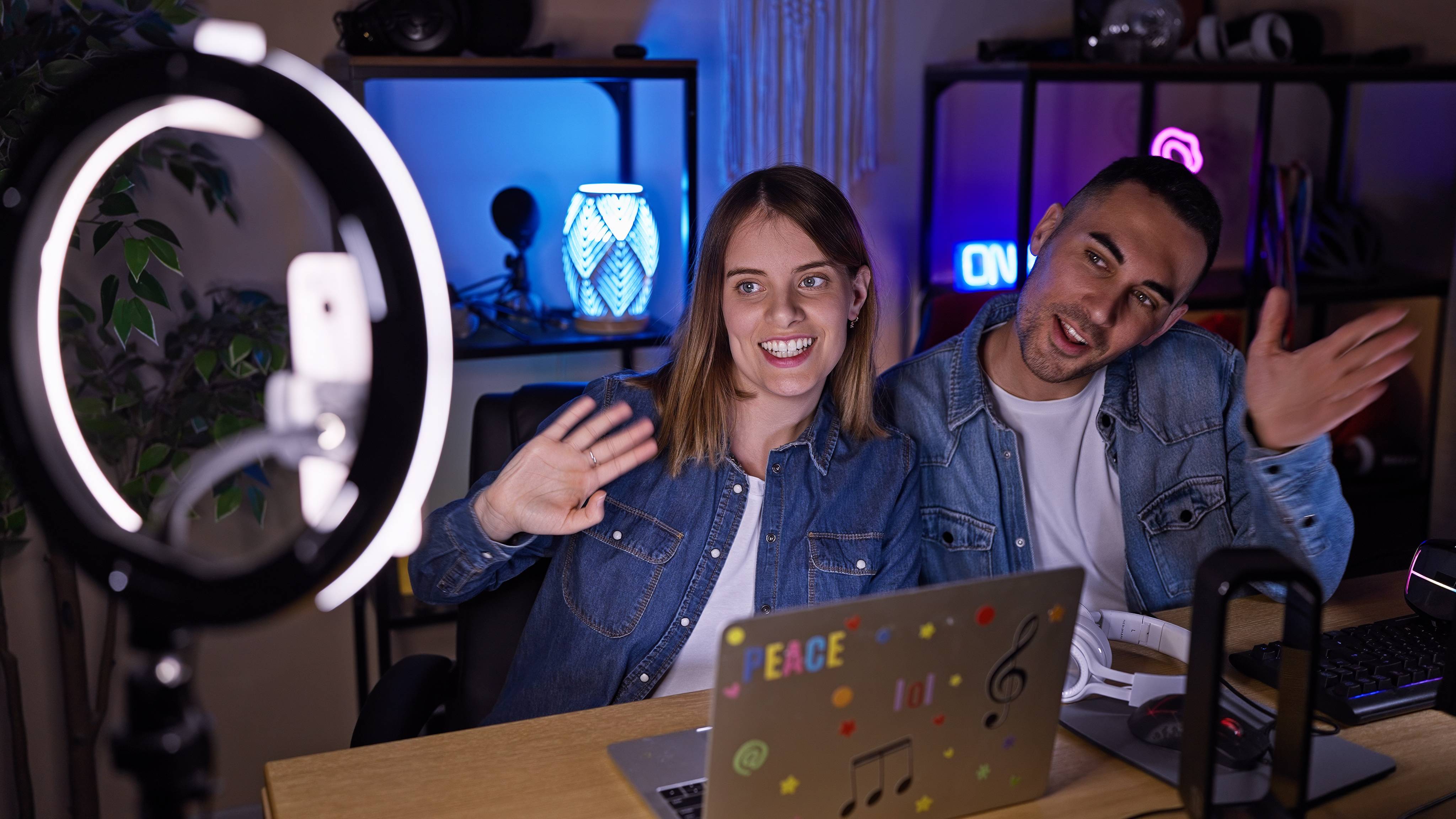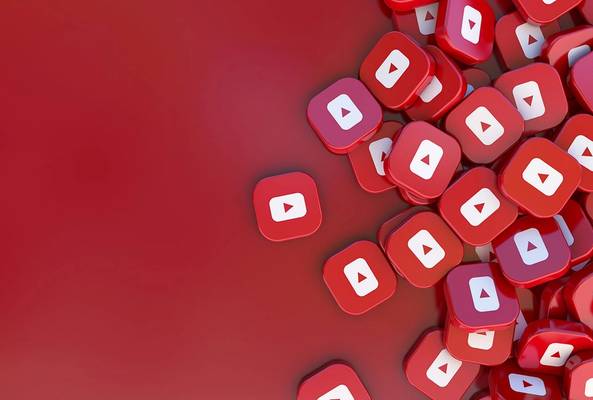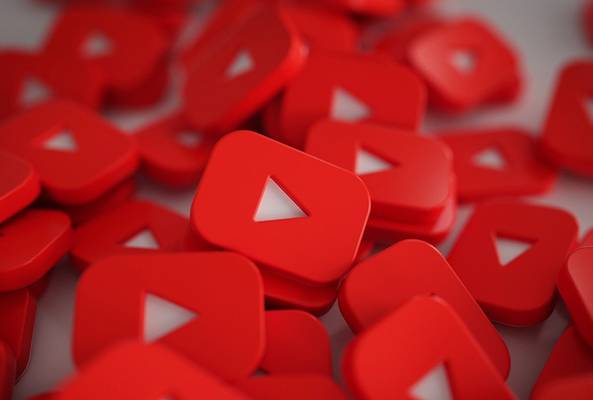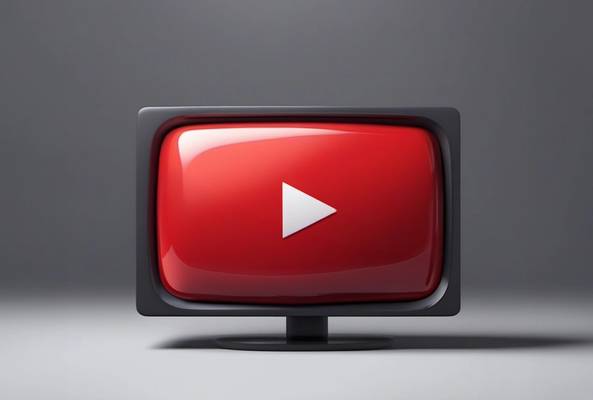In addition to being an avid movie and gaming enthusiast, Uttaran Samaddar is an experienced writer who has lent his creativity and unique perspective to various publications. He loves hearing and telling stories.
Has YouTube Become Saturated?
If you're grinding for hours on each video and still seeing 12 views, including your replays, you're probably wondering: is YouTube too saturated to grow anymore?
That question haunts new creators more than the dreaded "0 views" screen. You put your heart into a video. You meticulously script, shoot, edit, and upload—and then? Crickets. Meanwhile, big creators are burning stacks of cash for thumbnails, and you're wondering if there's even any oxygen left in the room.
In the video above, Rob talks about all of it. Not in theory. Not with sugar-coated optimism. But with the raw, data-backed reality and the tools you can use to beat it.
Stop Guessing. Start Growing.
Join 20M+ creators using vidIQ to get more views, subscribers, and success on YouTube.
Read More: How to Build the Right Mindset for YouTube Success
The Heartbreaking Numbers
Let's start with the gut punch: Over 20 million videos are uploaded to YouTube every single day.
Yes. Every. Single. Day.
It's not just your niche that feels crowded—it's the whole platform. Even established creators are feeling the heat. Channels that used to pull 500K views per video are now seeing half that. The landscape has shifted dramatically, and the old playbook of "just upload consistently" isn't cutting it anymore.
But here's where it gets interesting. YouTube is thriving. It just hit a historic benchmark—12% of all TV streaming time in the U.S. That's more than Netflix. More than Disney+. It's not that people aren't watching YouTube—it's that they're not watching your video yet.
On top of that, most new creators don't actually create—they copy. You see what works in your niche and replicate it, hoping for similar results. But what you're really doing is blending into the crowd. In a saturated space, sameness is a slow death.
Read More: Do YouTube Niches Disappear?
The platform isn't dying; it's evolving. And that evolution means a different approach from creators who want to break through the noise. Stop asking, "Is YouTube Saturated?" That's the Wrong Question. Instead, ask "Am I doing enough to stand out?"
The Art of Standing Out
Let's examine how creators breakthrough in oversaturated niches. Take the content space—arguably one of the most overcrowded areas being YouTube. Yet some creators manage to grow rapidly even here.
The secret isn't revolutionary content. It's revolutionary consistency in presentation. Successful creators develop visual and emotional signatures that become instantly recognizable. They use specific color schemes, maintain consistent fonts, and develop a visual language that viewers begin to associate with quality content.

This isn't about expensive production values or professional graphic design. It's about making deliberate choices and sticking to them. When someone scrolls through their subscription feed, your thumbnail should feel like seeing a familiar face in a crowd.
Pro tip: Open your channel in incognito mode. Scroll through your thumbnails like a stranger would. Do you look like everyone else? If so, you've got work to do.
Understanding the Algorithm
We've all cursed the algorithm at some point. Instead, understand it: The algorithm doesn't find viewers for your video. It finds videos for viewers.
Your job is to make content that keeps people watching. That starts with a clear hook, tight editing, and a reason to stay till the end. The algorithm watches how viewers behave with your content. So think like a viewer.
Would you click your own thumbnail? Would you stay past 30 seconds? Would you share that video with a friend? If the answer is "maybe not," start there. The algorithm isn't mysterious—it's responsive. It amplifies content that audiences engage with and buries content that doesn't hold attention.
YouTube Isn't Just a Hobby Anymore
A lot of creators hit plateaus not because they aren't talented—but because they're inconsistent. And no, we're not talking hustle culture here. This isn't about 4 a.m. wake-up calls and burnout-as-a-badge-of-honor. It's about clarity and commitment.

If you've only got 5 hours a week to give to YouTube, that's not a limitation—it's your blueprint. The key is being intentional about how you spend that time:
- 1 hour brainstorming ideas and titles
- 1 hour scripting
- 1 hour filming
- 1 hour editing
- 1 hour thumbnail, upload, and promotion
Stick to it like clockwork. Put it on your calendar. And tell someone. Accountability is underrated—post your goals publicly, join a community, even hire a coach. But do something to stay consistent. Because in YouTube, momentum isn't just helpful. It's everything.
Creative Compound Interest: The Secret Sauce
Viral growth isn't luck. It's the end result of compound creative effort. Here's how it works in practice.
Better thumbnail design leads to more clicks. More clicks generate more data about what resonates with your audience. More data informs better scripting and pacing decisions. Better pacing results in higher watch time. Higher watch time triggers stronger algorithm recommendations. And the cycle repeats, each iteration building on the last.
Read More: The 12 Best YouTube Thumbnails People Love to Click On
But here's the part most people skip over: It takes time. Most creators quit at video 4 or 5 because they didn't blow up. But here's the truth: You're still in tutorial mode. Give it 3 to 6 months. That's 12 to 25 videos. If you're not improving, reassess. But if you are? Then you're not a beginner anymore. You're a builder!

YouTube in 2025 is not the same YouTube of 2015. Back then, you could upload a shaky vlog or a basic tutorial and find an audience. Today, it takes more. More clarity. More consistency. More craft.
But also? More opportunity. The audience is bigger than ever. The tools are better than ever. The path to monetization is clearer than ever. The question isn't whether YouTube is saturated. Are you ready to do what it takes to stand out in the crowd? Then start with your first video!
20k+ 5 Star Reviews
Ready to put this into action?
Use vidIQ to find your next video idea, pick better keywords, and optimize every upload.






